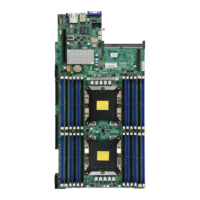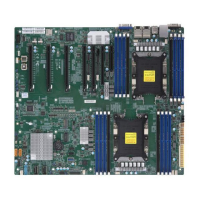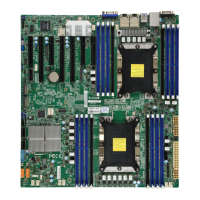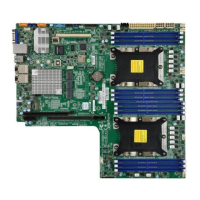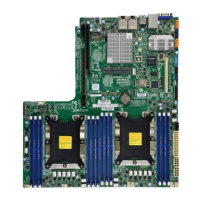88
snoops come back with a "miss". This can happen if another socket reads the line earlier
and then has silently dropped it from its cache without modifying it. If the "Stale AtoS"
feature is enabled, a line will transition to the S state when the line in the A state returns
only snoop misses. That way, subsequent reads to the line will encounter it in the S state
and will not have to snoop, saving the latency and snoop bandwidth. Stale "AtoS" may be
Enable, and Auto.
LLC Dead Line Alloc
Enable,
Disable, and Auto.
Isoc Mode
Select Enable to enable Isochronous support to meet QoS (Quality of Service) requirements.
This feature is especially important for Virtualization Technology. The options are Disable,
Enable, and Auto.
Memory Conguration
Enforce POR (Plan of Record)
Select POR to enforce POR restrictions for DDR4 memory frequency and voltage
programming. The options are POR and Disable.
PPR Type
Post Package Repair (PPR) is a new feature available for the DDR4 Technology. PPR
provides additional spare capacity within a DDR4 DRAM module that is used to replace
bank group of a DDR4 DRAM device, while hard Post Package Repair (hPPR) will take a
longer time to provide a permanent repair on a raw element. The options are Auto, Enable,
Soft PPR, and Disable.
Memory Frequency
Use this feature to set the maximum memory frequency for onboard memory modules. The
options are Auto, 1866, 2000, 2133, 2400, 2666, and 2933. (Note: Support for 2933 MHz
memory is dependent on the CPU SKU.)
Data Scrambling for DDR4
Select Enable to enable data scrambling for DDR4 memory to enhance system performance
and security. Select Auto for the default setting of the Memory Reference Code (MRC) to
Auto, Disable, and Enable.

